How executives are planning for future pandemics
13 October 2021
Diesel & Gas Turbine Worldwide asked officials at key companies within the large engine and turbine industries to weigh in on a series of questions intended to provide a high-level view of the conditions, challenges and opportunities they see in the marketplace. The following part of the Q and A which will appear in the Autumn issue of the magazine.
The magazine would like to thank Håkan Agnevall, President and CEO Wärtsilä Corp., Prof. KangKi Lee, senior vice president, High Power Systems, AVL List GmbH, Marty Haycraft, vice president of Caterpillar Inc. and president and CEO of Progress Rail, Javaid Riaz, general manager, Parker Gas Turbine Division, Oliver Riemenschneider, president, ABB Turbocharging, Paul Browning, president and CEO of Mitsubishi Power Americas and Carlos Lange, president and CEO of INNIO.
Do you have any plans to develop contingencies for future pandemics and is that even possible?
Agnevall: The current pandemic has made all companies, including Wärtsilä, adopt to new procedures and ways of working. Business operations are more flexible, policies and guidelines are revised to consider similar events in the future, new digital tools, practices and remote operations have been adopted. In addition, we have noticed that our local presence in our key markets closer to the customers has helped us serve them better as international travel continued to be disrupted. All this will help to better meet future uncertainties. Finally, this pandemic has been an opportunity to pressure test our risk and crisis management procedures. There has been lots of learnings that we are already integrating in our practices to be prepared for similar events in the future.
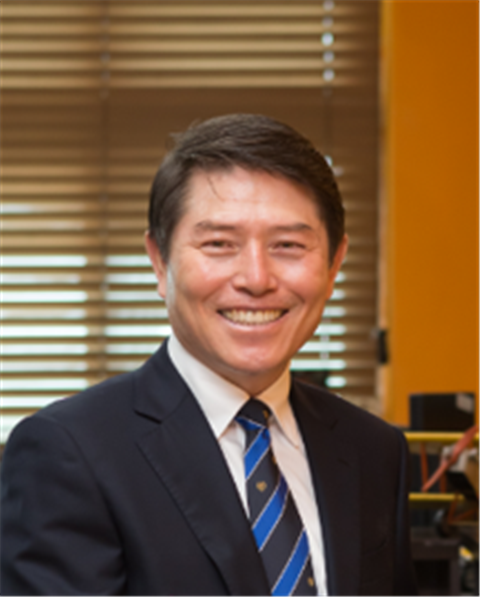 Kang-Ki Lee
Kang-Ki Lee
 Hakan Agnevall
Hakan Agnevall
Lee: As noticed by everyone, the pandemics was a new experience and has brought us new eye-opening opportunities in the way of business operation, cooperation with partners and customers and a greater extent of telework etc. As this will not be only a one-time incident, it may come again so we will of course apply lessons learned during the COVID pandemic however, it is clear that a possible future pandemic will have its own characteristics and therefor its own approach. With what we have seen during COVID we will at least be much quicker on our feet to find ways of doing business as close to usual as possible. We can be even proactive and change our work style to fit to this new environment and find a sustainable manner.
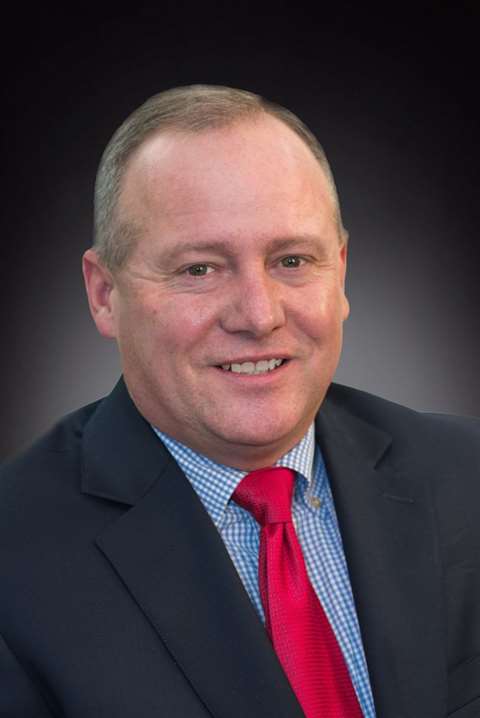 Marty Haycraft
Marty Haycraft
Haycraft: We are helping our customers achieve their climate-related goals by providing products that facilitate fuel transition, increase operational efficiency, and reduce emissions. We will provide the technology required for rail transportation – including where hydrogen could play a significant role in achieving greenhouse gas reductions and the science-based targets of certain customers.
We are actively engaged in the ongoing development of new technologies, as well as improving existing technologies. While hydrogen may be the largest component of an approach to carbon reduction in the future, several strategies remain to be implemented sooner than the infrastructure for hydrogen can be constructed, with alternate fuels and train and vessel drivetrain efficiencies, among others. Still, should hydrogen adoption and infrastructure accelerate to a closer horizon, we will be ready to help our customers succeed.
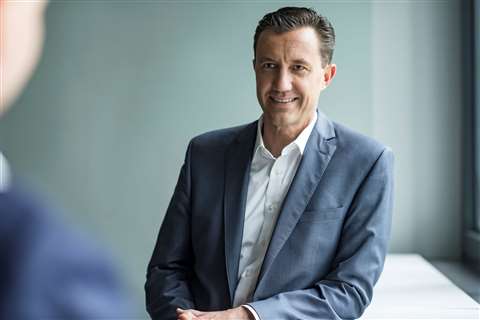 Carlos Lange
Carlos Lange
Lange: The COVID-19 pandemic took most of the world by surprise. We serve critical infrastructure worldwide. The pandemic has shown power plant operators that digital solutions are needed to help them improve availability and efficiency, reduce costs over the service life, and optimize performance and profitability remotely. During the pandemic, when on-site maintenance was difficult because of travel restrictions, digital technology increased the availability of a power plant and helped generate power and heat for industrial companies, communities and even hospitals. More than 65% of all service cases can now be resolved remotely - without sending a service technician to the site. This enabled us to reduce travel by more than 1.3 million kilometers and react even more rapidly to customers’ needs. INNIO’s myPlant Energy Management solution provides plant operators a basis for making decisions to achieve significant additional revenue with higher plant availability.
Riemenschneider: Independent of pandemics, it is important to have an agile organization able to establish fast and structured communication to deal with any unexpected events or change. Our workforce should be well equipped and trained to deal with any kind of emergency situations or changes that may arise in the future. Beyond that general agility and responsiveness, I see no specific contingencies for future pandemics.
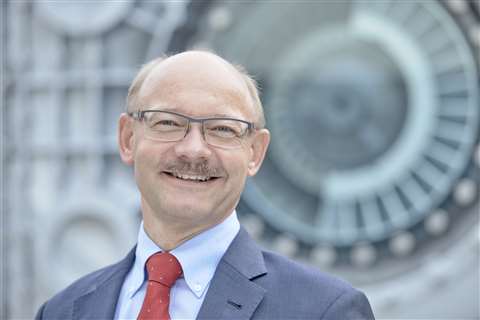 Oliver Riemenschneider
Oliver Riemenschneider
Riaz: Definitely. In fact, GTF has a robust and recently revised Business Continuity Plan. We’re doing a desk-top test run on that this week. Of course, Continuity Plans are there to cover for a multitude of causes. But the recent experiences with COVID has certainly meant a real focus on this topic.
Parker reacted very quickly to the Covid outbreak. The mantra was very clear, ‘keep your staff safe’ and ‘serve your customers’. For those that could work from home, the performance of the team during this past year has been superb. But even more impressive was the way the Factory Staff adapted work practices and work patterns to accommodate our customers needs.
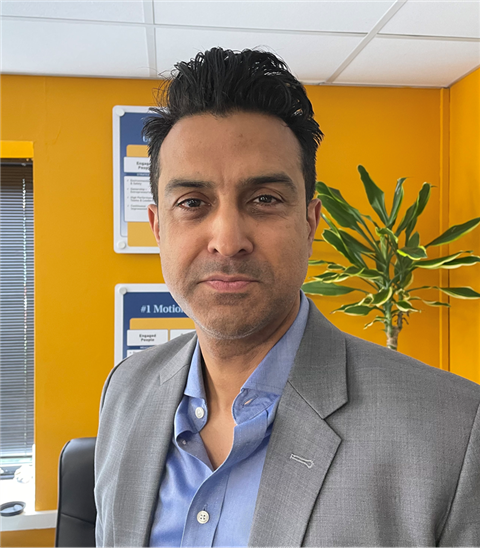 Javiad Riaz
Javiad Riaz
I believe that Parker GTF is well positioned to adapt to almost any challenges thrown at it.
Browning: We now know how to manage remote work and how to keep our people safe during a pandemic. Our essential employees continued to safely work in the field and in our factories throughout the pandemic to ensure that our customers were able to keep the lights on. We had to adapt quickly to ensure the safety of our employees and our customers, and we are proud to say that our employees remained safe and healthy. We have also implemented a Work from Anywhere policy that will better prepare us for whatever might come next.
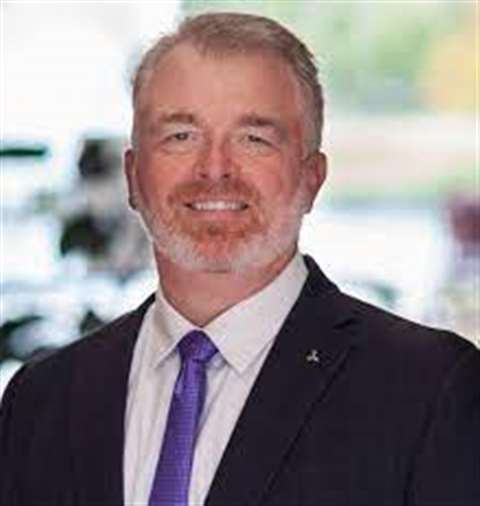 Paul Browning
Paul Browning
Another way we grew from the pandemic and developed technological contingencies to aid in future situations — such as pandemics, extreme weather events and other unplanned maintenance situations or disruptions — is through our TOMONI HUBs. The concept of this technology derived from the need to provide real-time customer support remotely and securely, and we’re continuing to advance our TOMONI technology to allow customers to work smarter and safer.
STAY CONNECTED




Receive the information you need when you need it through our world-leading magazines, newsletters and daily briefings.
POWER SOURCING GUIDE
The trusted reference and buyer’s guide for 83 years
The original “desktop search engine,” guiding nearly 10,000 users in more than 90 countries it is the primary reference for specifications and details on all the components that go into engine systems.
Visit Now
CONNECT WITH THE TEAM










